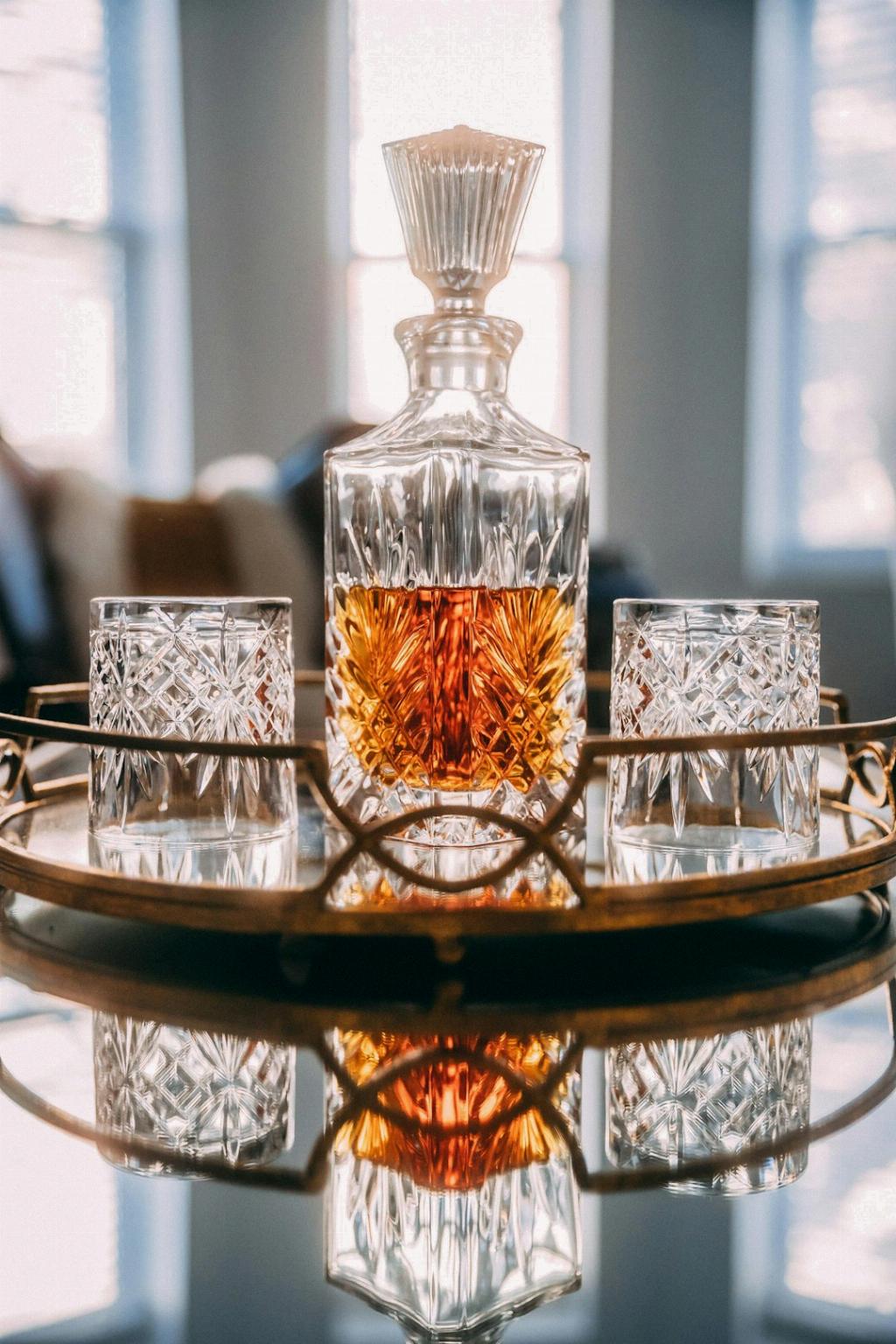When it comes to classic whiskey cocktails, the whiskey sour and the old-fashioned often take center stage. While they both showcase the rich flavors of whiskey, they have distinct differences in their ingredients and preparation. In this article, we will delve into the nuances of these two beloved cocktail classics and explore what sets them apart.
The Whiskey Sour
Let’s start with the refreshing and tangy whiskey sour. This classic cocktail strikes a perfect balance between the sweetness of sugar or simple syrup, the tartness of freshly squeezed lemon juice, and the robustness of whiskey. The combination of these ingredients creates a drink that is flavorful, bright, and subtly sweet.
The Old Fashioned
Now, let’s turn our attention to the old-fashioned, a cocktail that exudes sophistication and timeless elegance. Unlike the whiskey sour, the old-fashioned is a stronger, spirit-forward drink. It typically calls for a sugar cube soaked in aromatic bitters, muddled together with a splash of water to create a sweetened base for the whiskey. This is then complemented with a garnish of orange peel and a maraschino cherry.
The Ingredients
While both cocktails share whiskey as their main ingredient, the supporting components set them apart. The whiskey sour relies on lemon juice and sugar or simple syrup to provide its signature sour-sweet flavor profile. On the other hand, the old-fashioned utilizes bitters, sugar, and water to enhance the natural complexities of the whiskey, resulting in a more robust and intricate taste.
The Preparation
Another notable difference lies in the preparation of these two cocktails. To make a whiskey sour, you would typically shake the whiskey, lemon juice, and sweetener vigorously with ice, and then strain it into a glass. In contrast, the old-fashioned is built slowly and directly in the glass by muddling the sugar cube with bitters, adding a splash of water, whiskey, and finally garnishing it with orange peel and a cherry. This methodological distinction impacts the overall experience of each drink.
Taste and Flavor Profile
When sipping a whiskey sour, you’ll immediately notice the zesty acidity from the lemon juice, which is beautifully balanced by the sweetness of the sugar or simple syrup. The flavor is bright, refreshing, and tangy, making it an excellent choice for those craving a lively and citrusy cocktail. In contrast, the old-fashioned boasts a richer and more complex taste. The aromatic bitters and sugar cube lend a complexity to the whiskey’s robust notes, resulting in a drink that is smoky, slightly sweet, and deeply satisfying.
The Occasion and Preference
Choosing between a whiskey sour and an old-fashioned often comes down to personal preference and the mood you wish to create. If you’re looking for a light and invigorating drink to enjoy on a warm summer evening or at a lively gathering, the whiskey sour is an ideal choice. On the other hand, if you desire a more sophisticated and contemplative experience, the old-fashioned delivers a refined and timeless allure, perfect for sipping slowly during intimate moments or in a cozy, dimly lit bar.

Conclusion
While both the whiskey sour and the old-fashioned share whiskey as their main ingredient, they are distinct in their flavor profiles, ingredients, preparation methods, and the ambiance they evoke. The whiskey sour offers a refreshing and tangy experience, while the old-fashioned embraces a more robust and intricate taste. So next time you’re in the mood for a whiskey cocktail, consider your preferences and the occasion at hand to decide between these two all-time classics.
